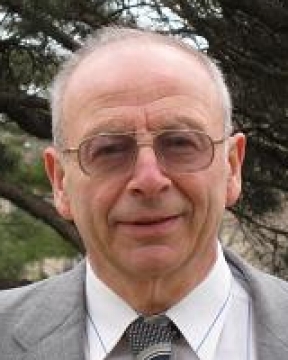 |
Dr. Alexander RammKansas State UniversitySolution Of The Millennium Problem Concerning The Navier-stokes Equations - Part 1 Rowlands International Symposium (7th Intl. Symp. on Sustainable Mathematics Applications) Back to Plenary Lectures » |
Abstract:The Navier-Stokes problem in ℝ3 consists of solving the equations: where v = v(x, t) is the velocity of the incompressible viscous fluid, p = p(x, t) is the pressure, the density ρ = 1, f = f(x, t) is the force, v0 = v0(x) is the initial velocity. The aim of this talk is to explain and prove the author’s result concerning the Navier-Stokes problem (NSP) in ℝ3 without boundaries. It is proved that the NSP is contradictory in the following sense: If one assumes that the initial data This paradox (the NSP paradox) shows that: The NSP is not a correct description of the fluid mechanics problem and the NSP does not have a solution defined on all t ≥ 0. In the exceptional case, when the data are equal to zero, the solution v(x, t) to the NSP exists for all t ≥ 0 and is equal to zero, v(x, t) ≡ 0. The results, mentioned above, are proved in the author’s monographs [1], [5] and paper [3]. Our results solve the millennium problem concerning the Navier-Stokes equations, see [5]. These results are based on the author’s theory of integral equations with hyper-singular kernels, see [2], [4]. In paper [6], p.472, Theorem 2, there is a statement that, for f(x, t) = 0 and u0(x) sufficiently small, the solution to the NSP exists for all t ≥ 0 if m ≤ q, where m is the dimension of the space and the solution is in Lq. In our case m = 3 and q = 2, so the condition m ≤ q does not hold. Therefore, the claim in [6], p. 472, is not applicable in our case. |
|